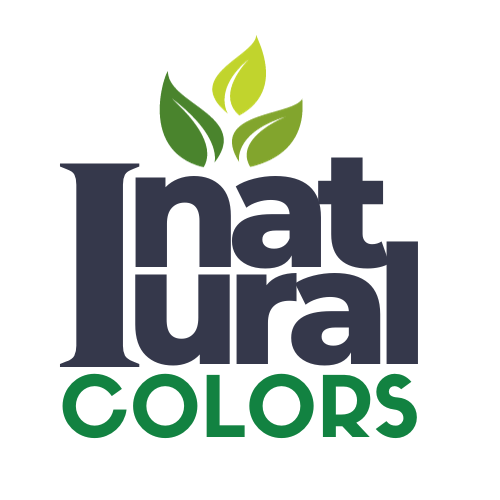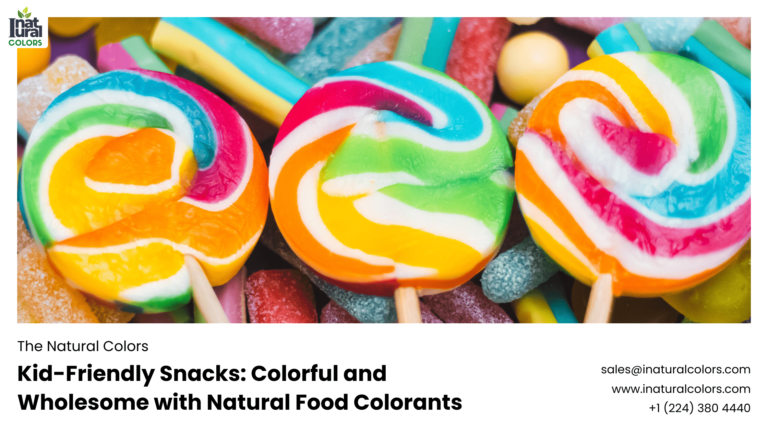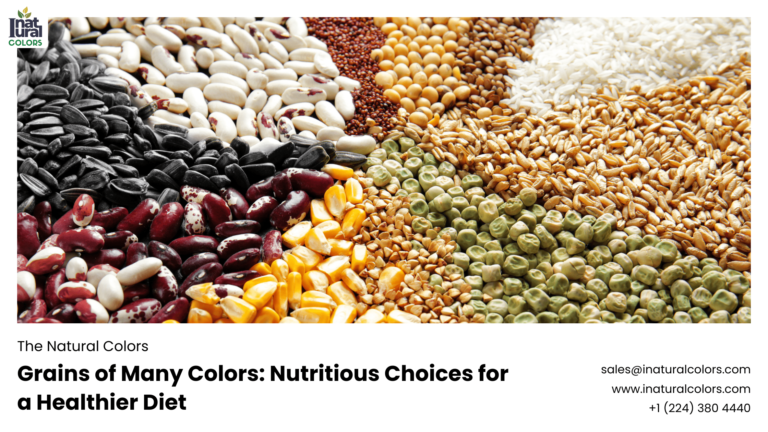Beautiful Plants For Your Interior

Sip the Rainbow: Colorful Beverages
Introduction
In today’s vibrant world, the appeal of colorful beverages has skyrocketed. From Instagram-worthy lattes to rainbow smoothies, consumers are increasingly drawn to drinks that are as pleasing to the eye as they are to the palate. This surge in popularity is not merely about aesthetics; it’s a reflection of a broader trend towards natural, healthy, and visually engaging food and beverages. In this article, we will explore the world of colorful beverages, focusing on the rise of natural colorants, their benefits, and how iNatural Colors is leading the charge in this colorful revolution.
The Rise of Colorful Beverages
The trend of colorful beverages is part of a larger movement towards personalized and experiential consumption. According to a report by Grand View Research, the global market for natural food colorants is expected to reach USD 3.17 billion by 2025, growing at a CAGR of 5.8% from 2019 to 2025. This growth is driven by increasing consumer demand for clean label products, which are free from synthetic additives and chemicals.
The Role of Natural Colorants
Natural colorants are derived from a variety of sources including fruits, vegetables, flowers, and minerals. Unlike synthetic dyes, natural colorants are perceived as safer and healthier, aligning with the growing consumer preference for all-natural ingredients. Companies like iNatural Colors are at the forefront of this trend, offering a range of natural colorants that not only enhance the visual appeal of beverages but also contribute to their nutritional profile.
Benefits of Natural Colorants in Beverages
Health Benefits
Natural colorants are not just about looks; they offer several health benefits. For instance, beetroot extract, a popular natural colorant, is rich in antioxidants and has been shown to support heart health. Similarly, turmeric, which imparts a bright yellow hue, is known for its anti-inflammatory properties.
Clean Label Appeal
Consumers today are more informed and conscientious about what they consume. The clean label movement emphasizes transparency and the use of simple, recognizable ingredients. Natural colorants fit perfectly into this trend, helping brands to meet consumer demands for clean, honest labeling.
Environmental Impact
Natural colorants are generally more environmentally friendly than their synthetic counterparts. The production of synthetic dyes often involves harmful chemicals and processes that can be detrimental to the environment. In contrast, natural colorants are derived from renewable resources and have a lower environmental footprint.
Popular Natural Colorants for Beverages
Spirulina
Spirulina, a blue-green algae, is a popular natural colorant used to create vibrant blue beverages. It is packed with nutrients including protein, vitamins, and minerals, making it a superfood in addition to a colorant.
Beetroot
Beetroot extract is widely used for its deep red hue. It is rich in antioxidants and has a range of health benefits, including improved blood flow and lower blood pressure.
Turmeric
Turmeric imparts a bright yellow color and is renowned for its anti-inflammatory properties. It is commonly used in golden milk and other wellness beverages.
Matcha
Matcha, a powdered green tea, provides a vibrant green color and is known for its high antioxidant content. It is popular in lattes, smoothies, and other health-focused drinks.
Hibiscus
Hibiscus extract is used to achieve a rich, red color in beverages. It is also known for its potential health benefits, such as lowering blood pressure and improving liver health.
How to Use Natural Colorants in Beverages
Blending for Perfect Shades
Creating the perfect shade with natural colorants requires a good understanding of the color spectrum and how different ingredients interact. For instance, combining spirulina with a touch of turmeric can produce a vibrant green color, ideal for smoothies and health drinks.
Stability and Shelf Life
One of the challenges with natural colorants is their stability. Factors such as pH, temperature, and light can affect the color and shelf life of the product. It is essential to work with experienced suppliers like iNatural Colors to ensure the stability and longevity of the color in your beverages.
Regulatory Compliance
Different regions have varying regulations regarding the use of natural colorants in food and beverages. It is crucial to stay informed about these regulations to ensure compliance and avoid potential legal issues.
Industry Applications
Ready-to-Drink Beverages
The ready-to-drink (RTD) beverage market is one of the fastest-growing segments, driven by convenience and the demand for healthy, on-the-go options. Natural colorants are widely used in this segment to create visually appealing and health-promoting drinks.
Functional Beverages
Functional beverages, such as those fortified with vitamins, minerals, and other beneficial compounds, are another area where natural colorants are making a significant impact. These drinks not only appeal to health-conscious consumers but also offer therapeutic benefits.
Craft Beverages
The craft beverage industry, including craft sodas, kombuchas, and artisanal teas, is known for its emphasis on quality, originality, and natural ingredients. Natural colorants play a vital role in differentiating these products and enhancing their artisanal appeal.
Case Studies
Starbucks’ Unicorn Frappuccino
One of the most notable examples of a colorful beverage taking the world by storm is Starbucks’ Unicorn Frappuccino. This limited-time offering featured vibrant pink and blue hues, achieved using natural colorants. The drink’s visual appeal contributed to its viral success on social media.
Health-Ade Kombucha
Health-Ade Kombucha is a popular brand that uses natural colorants to create visually striking beverages. Their Pink Lady Apple flavor, for instance, uses hibiscus extract to achieve its appealing color.
The Future of Colorful Beverages
As consumer preferences continue to evolve towards health, wellness, and sustainability, the demand for natural colorants in beverages is expected to grow. Innovations in extraction and stabilization techniques will further enhance the viability and appeal of natural colorants.
Conclusion
The trend of colorful beverages is here to stay, driven by consumer demand for visually appealing, healthy, and sustainable products. Natural colorants play a crucial role in this trend, offering a range of benefits from health promotion to environmental sustainability. Companies like iNatural Colors are leading the way, providing high-quality natural colorants that help brands create stunning and nutritious beverages.



